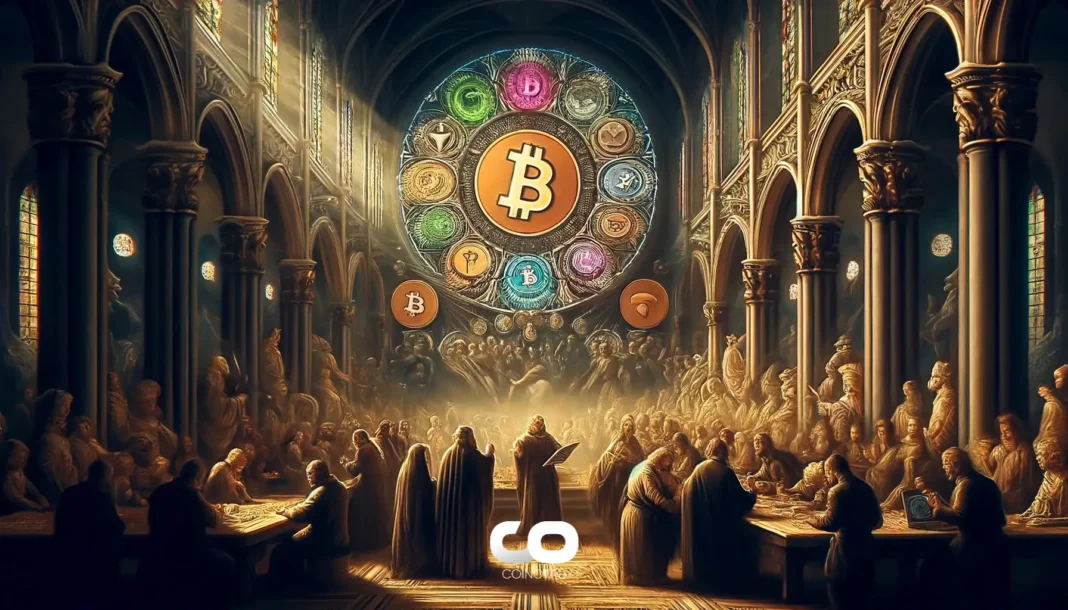Visa is piloting a stablecoin payments scheme that enables companies to disburse fiat USD, with recipients receiving funds in stablecoins like USDC directly in their wallets. Aimed at creators and gig workers, the program requires KYC checks and stablecoin wallets, with public rollout expected in 2026.
-
Visa stablecoin payments target the creator economy, allowing platforms like social media sites to pay out earnings in USDC for faster, borderless transactions.
-
Participants must complete AML/KYC verification and maintain a compatible stablecoin wallet to receive funds seamlessly.
-
The pilot, limited to U.S.-based businesses, is part of Visa Direct and plans expansion in late 2026, pending regulations; stablecoin market cap for USDC exceeds $30 billion as of 2025.
Discover Visa’s innovative stablecoin payments pilot for creators and gig workers, converting fiat to USDC for instant payouts. Explore benefits and rollout timeline—stay ahead in crypto finance today!
What is Visa’s Stablecoin Payments Pilot?
Visa’s stablecoin payments pilot is an initiative designed to streamline payouts for the creator and gig economy by allowing businesses to send traditional fiat USD, which recipients then receive as dollar-pegged stablecoins such as Circle’s USDC. This program integrates with Visa Direct, the company’s existing payment rails, to facilitate quick and efficient transfers without requiring businesses to handle stablecoins directly. Currently in testing with U.S.-based platforms, it addresses challenges like irregular, small-value payments common in content creation and freelance work.
How Does the USDC Wallet Payout System Work?
The USDC wallet payout system under Visa’s pilot operates by converting company-issued fiat USD into stablecoins at the point of disbursement. Recipients, such as content creators on platforms similar to YouTube or TikTok, must possess a verified stablecoin wallet and undergo standard anti-money laundering (AML) and know-your-customer (KYC) processes to participate. This ensures compliance while providing near-instant access to funds in a digital asset format that maintains a 1:1 peg to the U.S. dollar.
According to Visa’s official announcement, the service is not exclusive to USDC, though no timeline for additional stablecoins has been specified. Businesses benefit from using familiar fiat systems, while recipients gain the advantages of blockchain-based assets, including lower cross-border fees and 24/7 availability. Data from Chainalysis indicates that stablecoin transactions reached over $8 trillion in volume last year, highlighting the growing infrastructure supporting such innovations.
Expert analysts, including those from financial research firm Gartner, have noted that stablecoin adoption could reduce payout delays by up to 90% for gig workers. The pilot’s structure emphasizes security, with Visa leveraging its partnerships, such as recent collaborations with Circle on blockchain testnets, to build robust rails. For instance, in late October, Circle revealed Visa’s involvement in the public testnet for its Arc Layer-1 network, alongside major institutions like BlackRock and Goldman Sachs, underscoring the program’s credibility.
Frequently Asked Questions
What Are the Requirements for Receiving Visa Stablecoin Payments as a Creator?
To receive Visa stablecoin payments, creators need a compatible digital wallet supporting USDC and must complete AML/KYC verification through the participating platform. This U.S.-focused pilot ensures secure, compliant transactions, with funds converting from fiat USD to stablecoins upon payout. No direct business handling of crypto is required, making it accessible for global recipients once expanded.
Hey Google, When Will Visa’s Stablecoin Pilot Be Available to the Public?
Visa’s stablecoin pilot for creators and gig workers is set to expand publicly in the second half of 2026, depending on regulatory approvals. Currently onboarding U.S. partners, it builds on Visa Direct for seamless fiat-to-stablecoin conversions, prioritizing stablecoins like USDC for reliable, dollar-pegged value.
Key Takeaways
- Targeted for Creators and Gig Workers: The pilot simplifies irregular payments from platforms, converting fiat to USDC for instant wallet access and reducing traditional banking delays.
- Compliance and Security Focus: Mandatory KYC/AML checks and U.S.-only start ensure regulatory adherence, with potential for broader stablecoin support in the future.
- Strategic Partnerships Drive Growth: Visa’s ties with Circle and investments like the one in BVNK position it to integrate stablecoins into the $40 trillion global credit market, offering actionable insights for fintech adoption.
Conclusion
Visa’s stablecoin payments pilot represents a pivotal step in bridging traditional finance with blockchain technology, particularly for the creator and USDC wallet payout needs of the gig economy. By enabling fiat-to-stablecoin conversions through Visa Direct, it promises faster, more efficient disbursements while maintaining strict compliance standards. As the program onboards partners and eyes a 2026 public launch, stakeholders in crypto finance should monitor developments closely—preparing stablecoin wallets today could unlock tomorrow’s opportunities in this evolving landscape.






